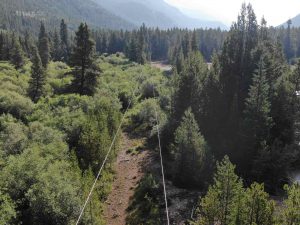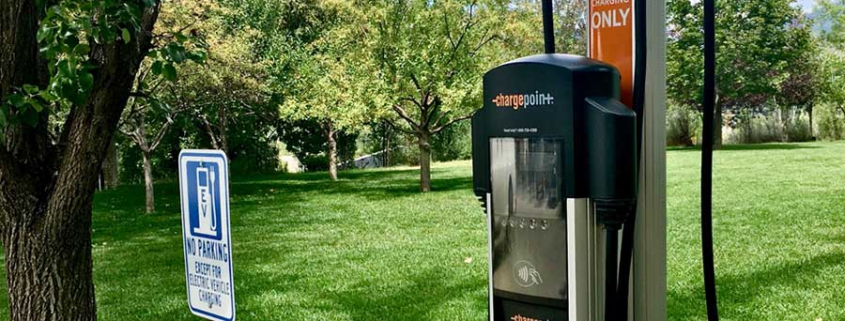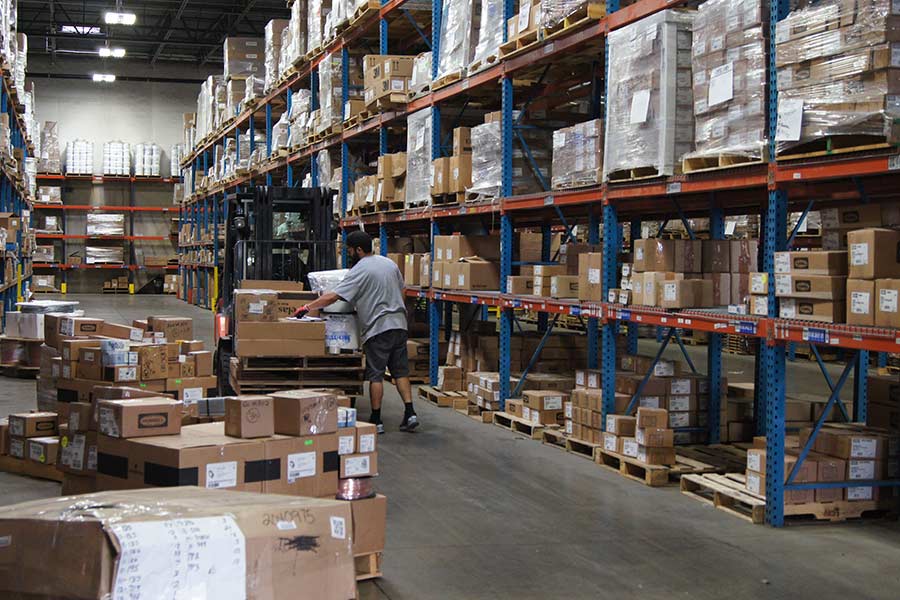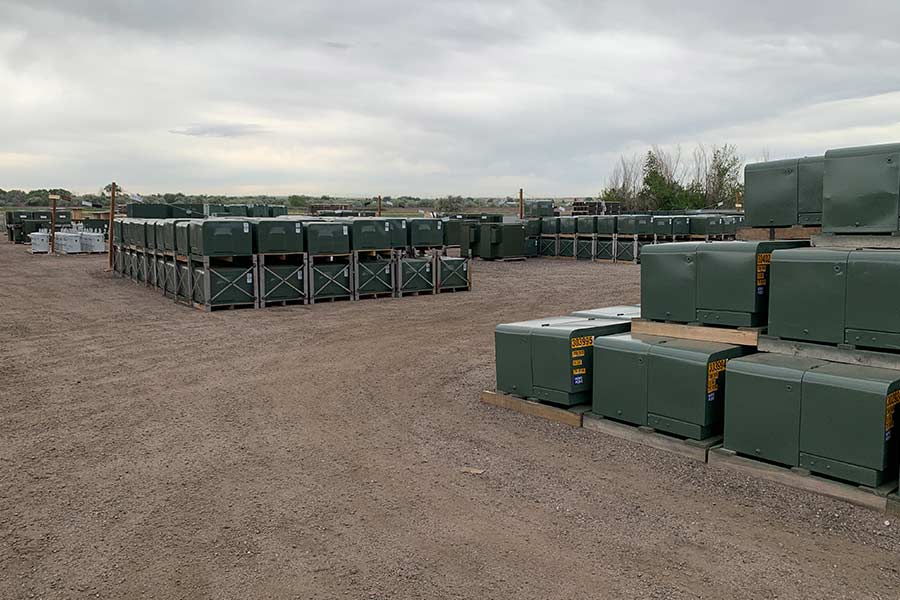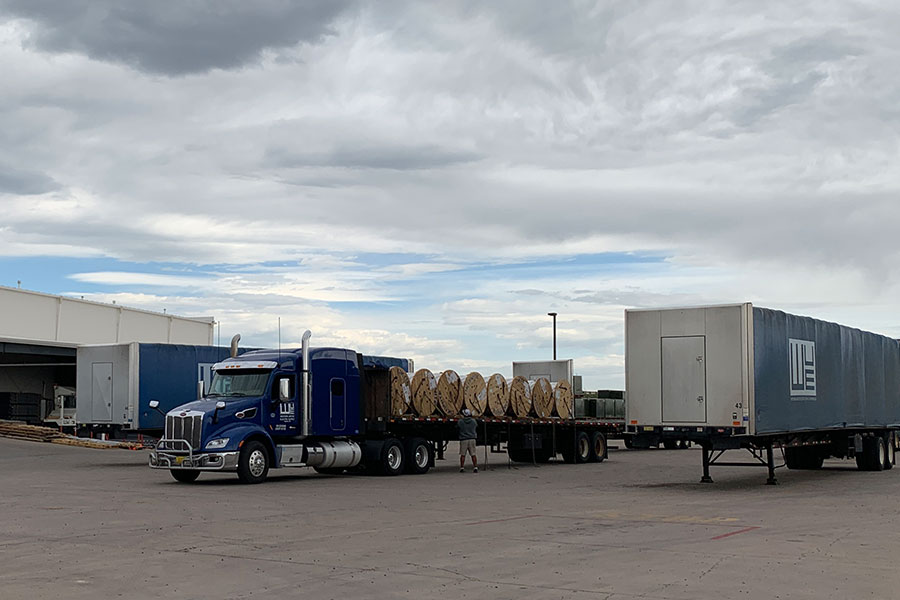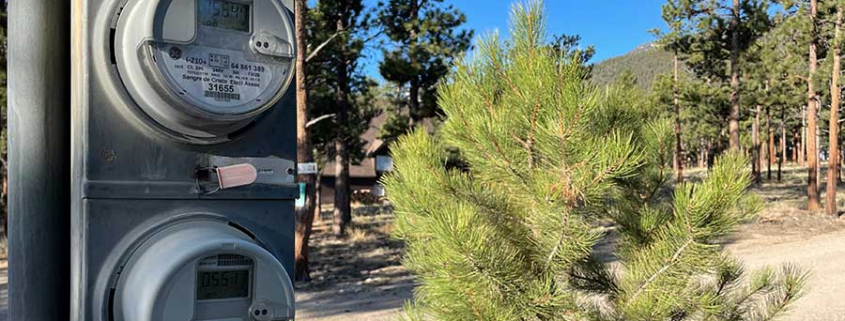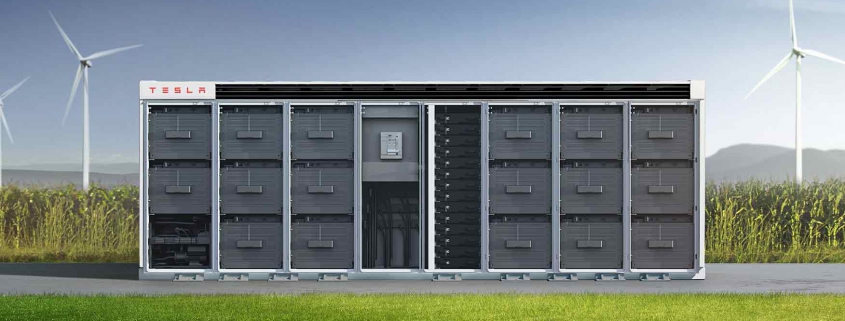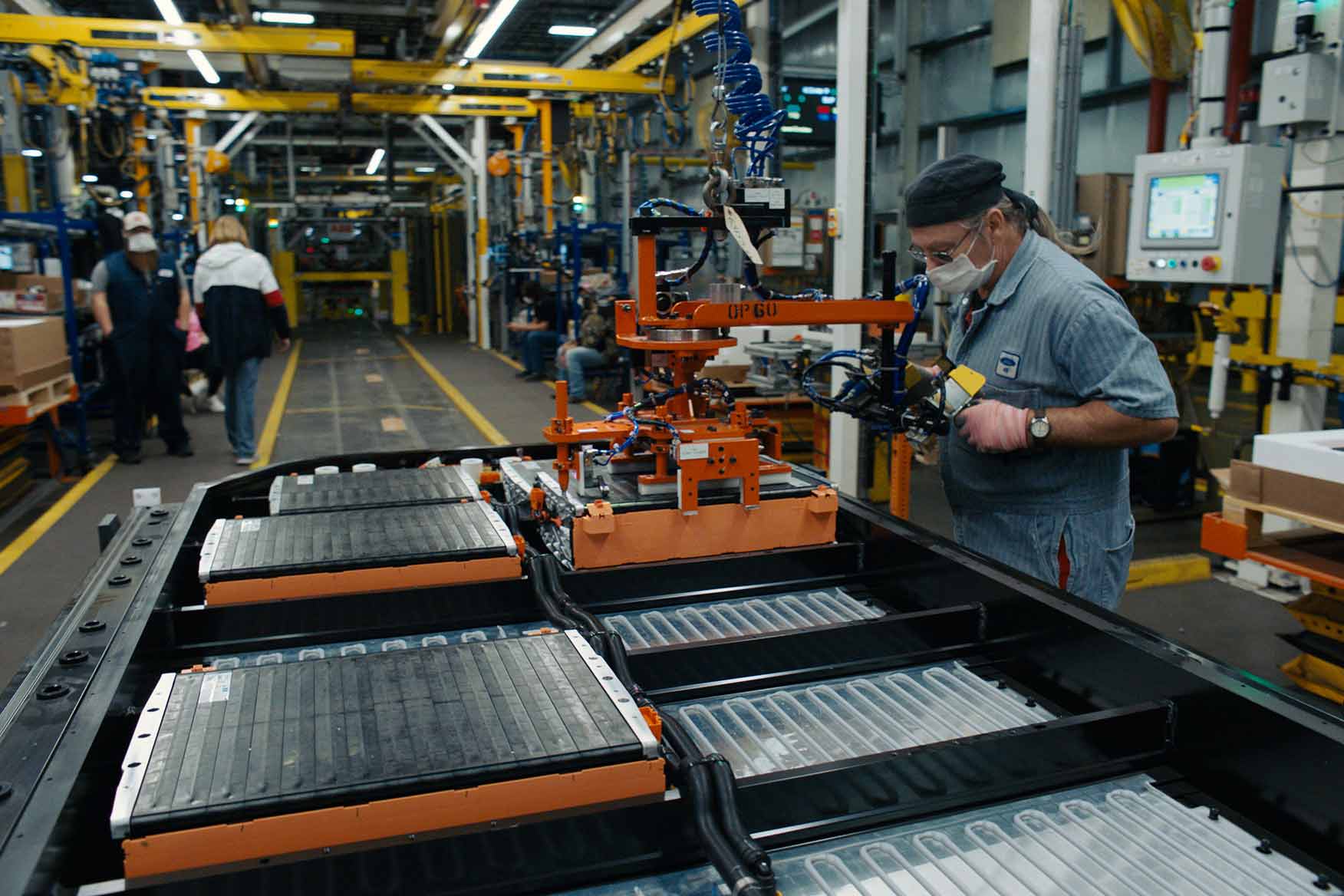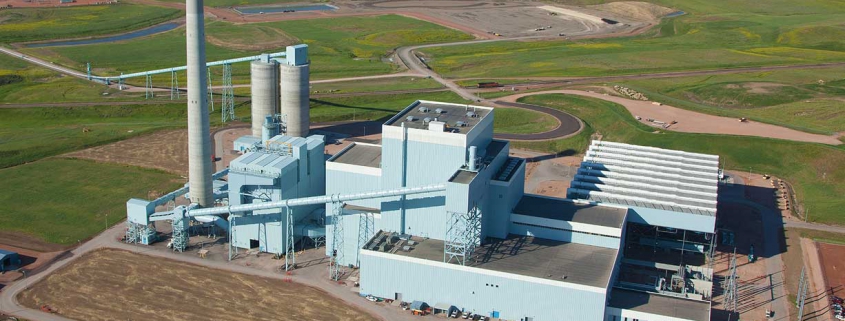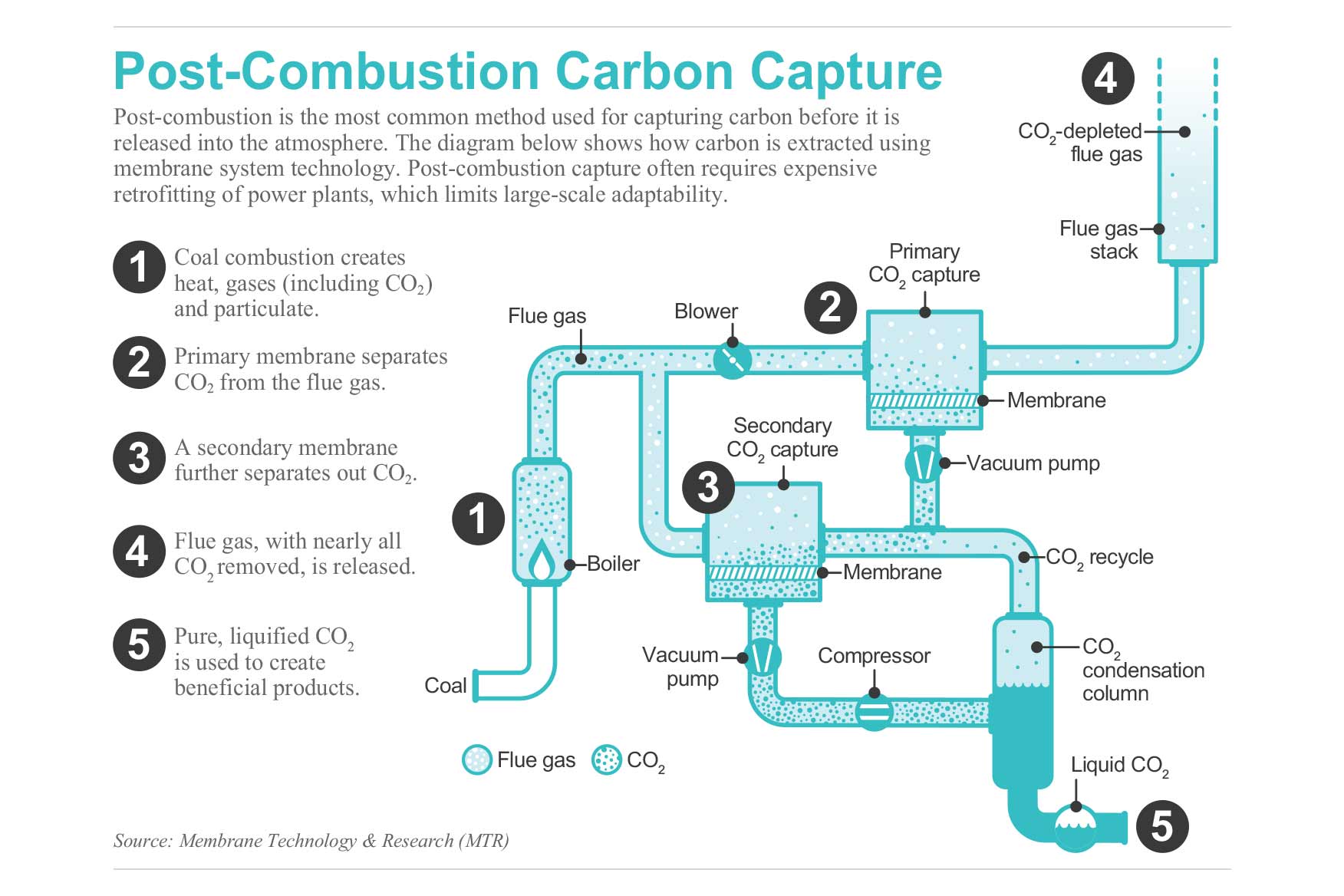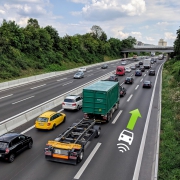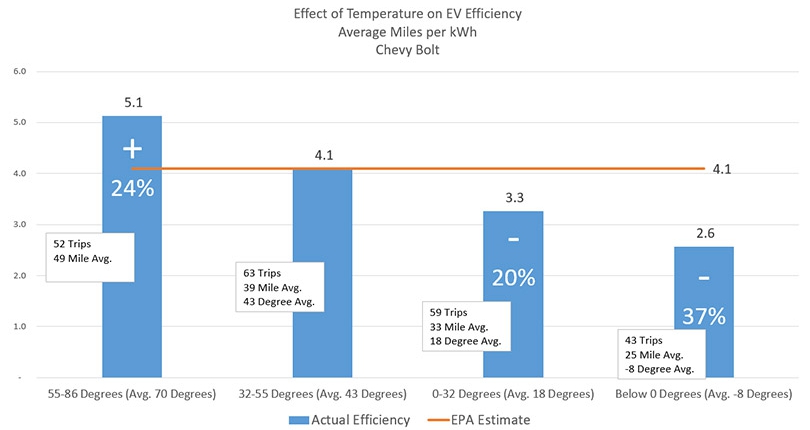Utility Drones at Electric Co-ops
Co-ops ready for utility drones to expand their reach
By Reed Karaim and Mona Neeley
Imagine a drone flight at an electric cooperative in the not-too-distant future. Cool technologies, including utility drones at electric co-ops, are legitimately part of the conversation.
No longer limited to staying within the line of sight of its on-the-ground operator, it travels much, much farther down the power lines, using an array of visual, thermal and LIDAR sensors, which use lasers, to accomplish miles of inspection in a single flight.
Flying higher than today’s drones with an optical sensor on board, this future drone scans the sky for dangers, busily feeding data to an onboard artificial-intelligence-powered computer, which is linked to the flight computer. Sensing a private plane in its airspace, the drone automatically executes an avoidance maneuver, dropping rapidly in altitude and banking to avoid any chance of collision.
Miles away, at a control station, the co-op’s drone pilot sees the maneuver and could take control if necessary. But knowing the drone is designed to adjust its flight path more quickly than humanly possible, the pilot decides to allow the unmanned vehicle to fly itself to safety.
Danger averted, the drone resumes its mission down 50 miles of line or more, saving the cooperative untold hours of physical inspection by ground or helicopter.
“There is no question that that (beyond-line-of-sight rules) will have a huge impact on how we’re able to use and grow this technology,” said Bill Havonec, GIS lead for Sangre de Cristo Electric in Buena Vista, in an interview with the National Rural Electric Cooperative Association’s RE Magazine.
This future is already here for a small number of electric utilities that have received Federal Aviation Administration waivers allowing beyond-visual-line-of-sight (BVLOS) flights. But utility drones at electric co-ops is coming for more organizations as the FAA moves toward issuing regulations that could make BVLOS operations typical for those that meet the requirements.
An FAA advisory committee published recommendations establishing a roadmap to meet that goal, which could arrive within the next couple of years. The proposed changes also would give expanded right-of-way access and airspace rights to BVLOS drones that meet standards for avoidance and control capabilities.
“This is a huge deal,” said Stan McHann, senior research engineer and chief drone pilot for NRECA. “You’re going to see a massive improvement in what you can get done in a day.”
Josh Dellinger, general manager of Empire Electric Association in Cortez, agrees. The additional distance that drones will be able to fly will be especially valuable in hard-to-reach places. “We have quite a bit of that where lines go through areas adjacent to the road or forest service or BLM land,” he says.
“A trainload of data”
BVLOS is a key part of an evolution in drone capabilities that could transform inspection and maintenance for electric utilities in the coming years. McHann also foresees smaller drones strategically placed throughout a distribution system, able to respond to a SCADA event by taking to the air and quickly checking a trouble spot, sending images and other data back to operations, and giving the co-op a clearer idea of what is going on and what response is needed before sending a crew.
As utility drones at electric co-ops become commonplace in co-op fleets, other innovative uses are likely to surface. Even with today’s limitations on flight range, drones are being used by co-ops for regular inspections, vegetation management, placing bird diverters on lines and pulling lead lines across rugged terrain to run new transmission lines.
“At SDCEA, we’re discovering a variety of uses for drone technology. It started with inspections and getting data into the GIS/ mapping and work order systems,” said Havonec.
“In addition to our routine maintenance inspections, we’re prioritizing flight plans with historical outage data and using that as a tool for system improvement,” he said. “Additionally, we’re inspecting new construction rights-of-way and vegetation management areas for inventory, monitoring and quality assurance.”
“Colorado’s co-ops each have between 1,000 and 10,000 miles of line to cover,” said Curt Graham, a job training and safety instructor with CREA who visits many of those co-ops regularly. “When you can get an uncrewed aircraft doing line inspection for you, looking at things on a schedule and reliable enough where you don’t need to have an operator actively supervising it all the time — that’s got real potential,” he said. “And it’s coming.”
Advanced sensors will provide a new level of granular detail on the condition of system hardware. Infrared sensors, for example, can look for hot or arcing connections, transformers and other components, spotting current or future problems hidden from the human eye.
Taking full advantage of these capabilities will require the ability to effectively manage the data they can provide.
“Software is key here,” McHann noted. “One flight will create a trainload of data, and it’s essential that you be able to process it and see that it’s integrated into your system in ways that get the information where you need it.”
NRECA is already working with local electric co-ops on flight management and data analysis software integration.
Training and certification
BVLOS will require a new level of training and certification for drone operators. Today, a Level 107 certification from the FAA, which entails passing a written test, is all that is necessary for basic, within-visual-line-of-sight drone operations at a co-op or other electric utility.
The FAA advisory committee’s recommendations include a new pilot certification for BVLOS flight, although physical piloting skills combined with aviation safety best practices will remain important.
The human factor
Operating today with a drone and operator out in the field, McHann said, a co-op can cover to 80 to 120 assets a day, maybe only 70 to 80 in rougher terrain. Taking advantage of the longer range, flying time and speed at which BVLOS drones can operate, a greater-than-tenfold increase becomes possible, with a drone able to cover nearly 1,400 assets in a day.
“Your SAIDI-CAIDI (outage measurement) numbers are going to come down. That’s real money,” McHann noted.
“And as the price of the cameras and sensors and other equipment come down as well, it will effectively bring everyone into this space,” said Havonec.
While the newest hardware often gets the most attention, the unmanned vehicle technology is just a piece of the program. The parts that really tie everything together will be the training and regulatory requirements necessary to fly the drone.
Meeting those standards to take full advantage of BVLOS and other advancements down the road will be essential to economically meeting the demands of maintaining the grid, according to co-op managers.
The rewards will be increased efficiency, system reliability and personnel safety through reducing hazardous tasks such as pole climbing, and these can outweigh the costs.
Reed Karaim writes on rural cooperative news for the National Rural Electric Cooperative Association. Mona Neeley is editor of Colorado Country Life magazine.


